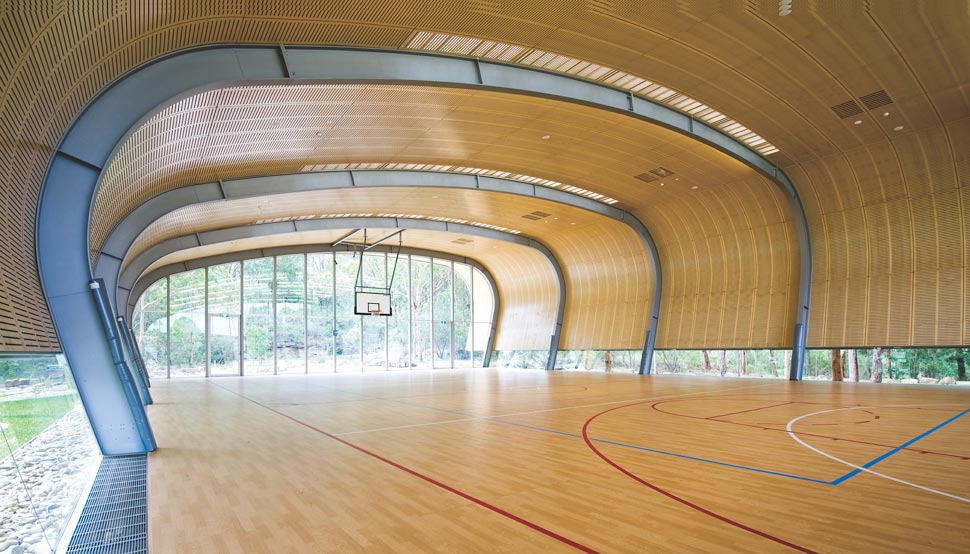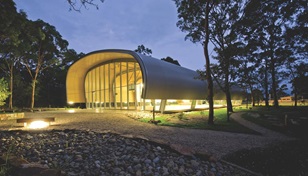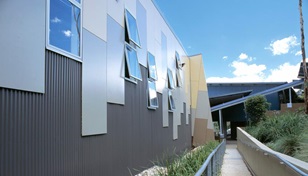Q&A with Martin Rogers, associate director at Taylor Thomson Whitting
Located in the picturesque Hawkesbury River north of Sydney, Milson Island was once a hospital and a jail but is now a playground for primary school children.
PP: Had you worked on projects before that were similar to Milson Island?
MR: This was different in that it was on an island, and the shape and structure were out of the ordinary, but otherwise it was similar to recreation and leisure projects we’ve worked on, using steel, in the past.
PP: Did the structural engineering require a lot of collaboration with the architect to resolve problems, or was it a straightforward process?
MR: We worked very smoothly with the architects but we did collaborate with them to look at a number of different schemes and types of construction, particularly for the roof. We considered different types of Glulam timber, but in the end steel was the best option to achieve the shape and meet the budget.
PP: In your opinion what was the most complex part of the job?
MR: Having the building transported to the island was a difficult component, but ensuring stability in the longitudinal direction was the most difficult part. The gym is essentially made from a number of steel frames in a hoop shape, and the difficulty was in stopping them from falling over like dominoes. To that end, we portalised the frames between the ceiling panels and the roof skin by connecting them with beams to make them stiff. There is another series of beams just above the glazing strip that connect the frames at that point.
PP: Was the steel used in unusual ways on this project? If yes, please describe how.
MR: The biggest constraint on this design was the issue of transport and the cost of getting materials to site. In particular it would have been very expensive to transport ready-mix concrete to the island, so not only is this roof a shell made of steel, but the floor is also made of steel because it would have been too costly to pour concrete. We came up with a solution for the floor using steel beams and cold rolled steel C-joists which were designed ‘piece small’ – so they could be transported to site in short lengths and then assembled – to overcome the cost of transport. Usually with buildings of this type, it would be more standard to pour a concrete slab on the ground.
PP: What are your impressions of the finished building?
MR: One thing I took away from the process is that sometimes architecture that is simple and elegant can disguise a lot of structure that you can’t see. This building is like a swan in that it’s very graceful on the surface but it’s working like mad underneath.
It’s a building I’m really proud of. The structure was difficult, and – looking at the architectural and structural drawings before it was finished – I didn’t realise that it would look so elegant once it was complete. That’s partly because of the way it relates to its setting in the trees, but also the architecture is beautiful, so I was a bit surprised when it was finished.



